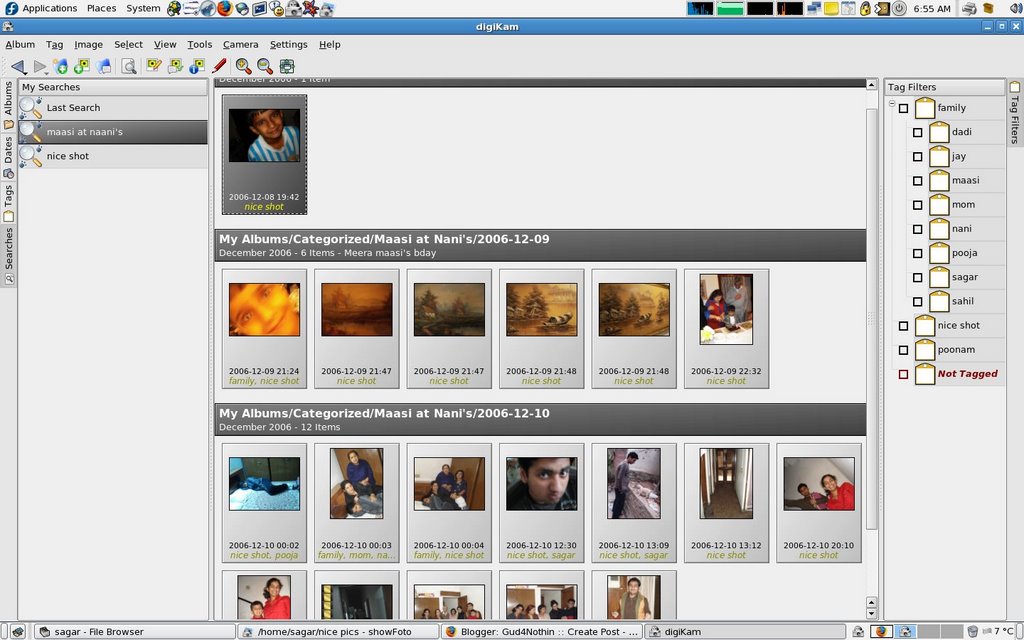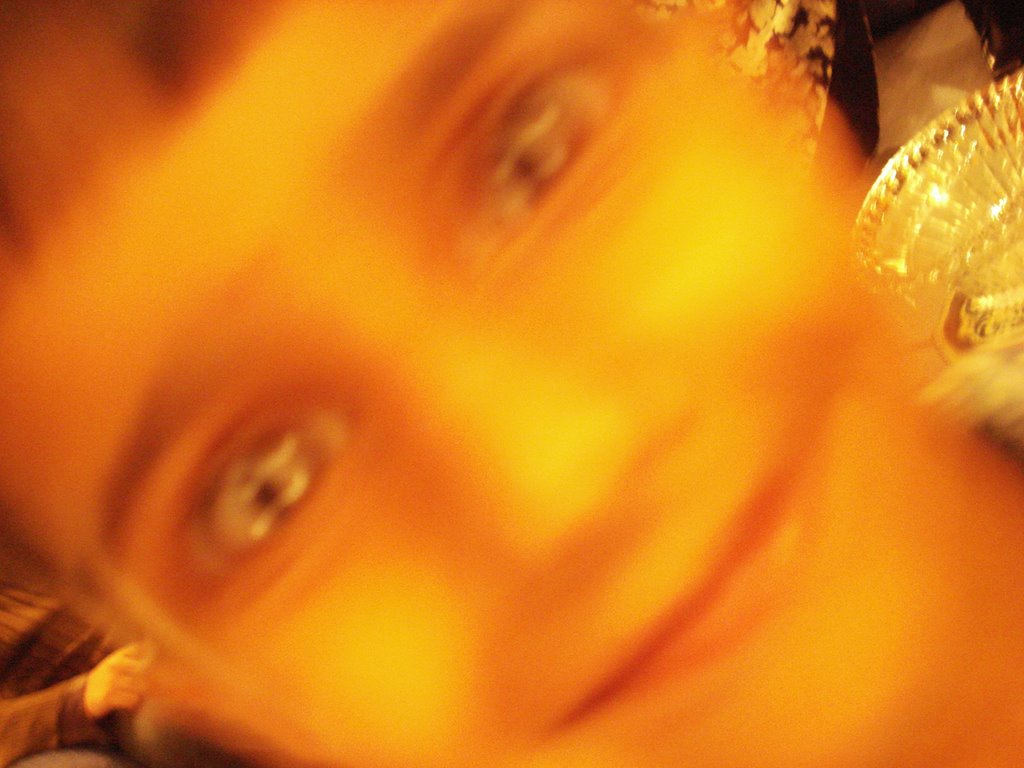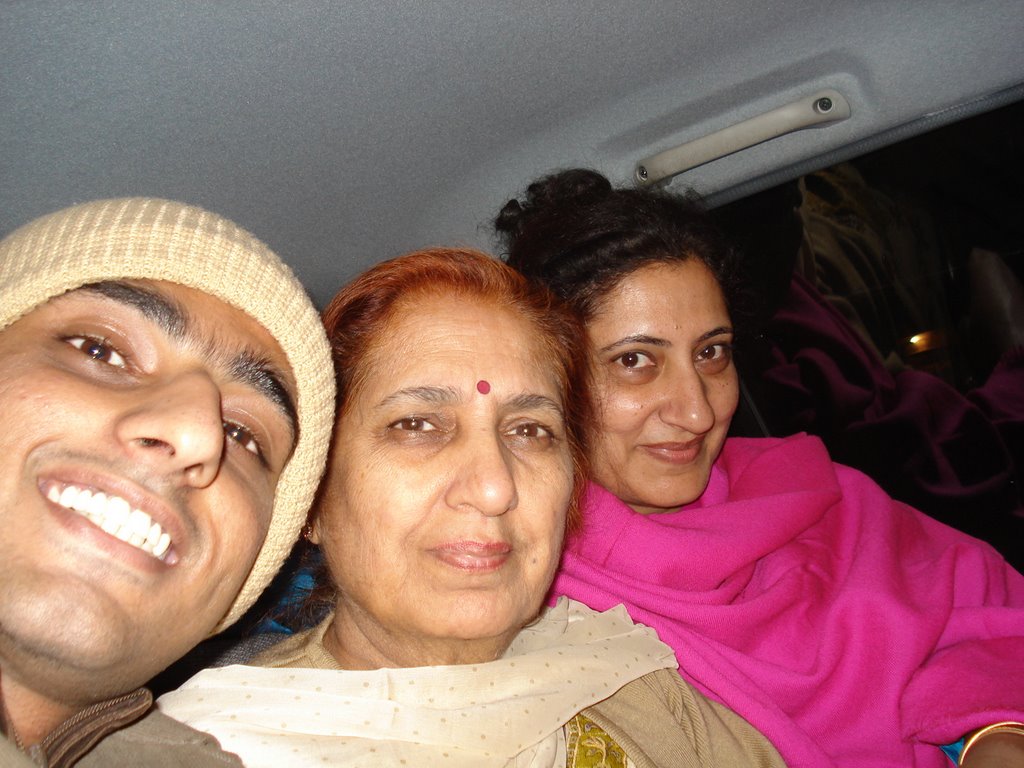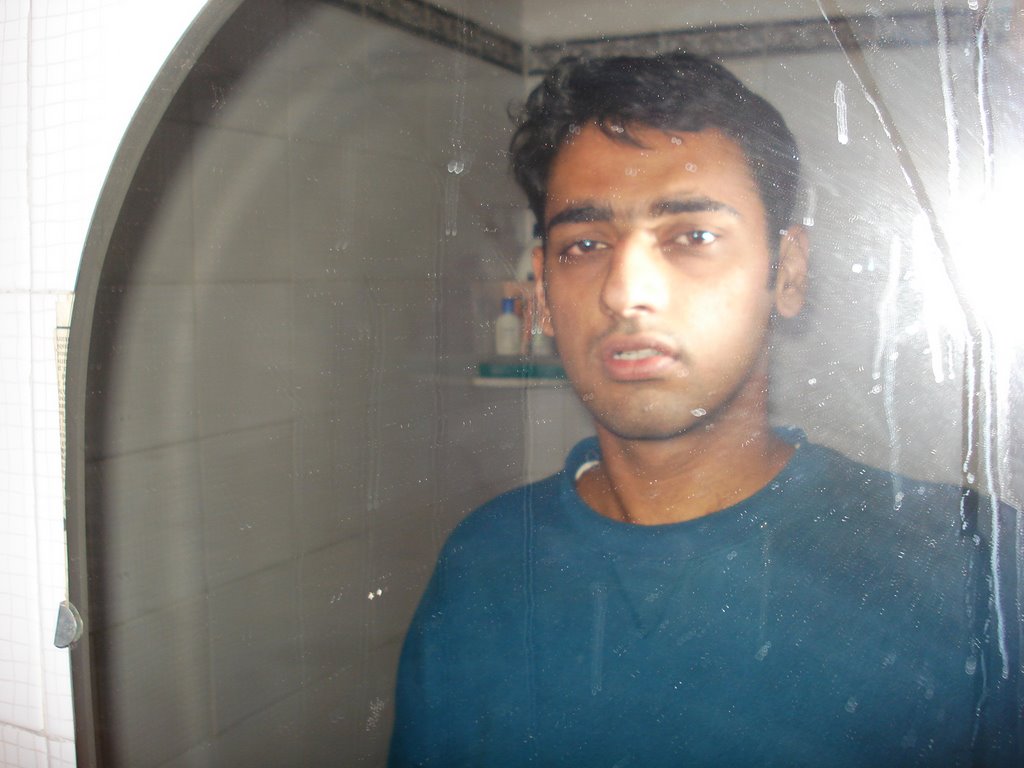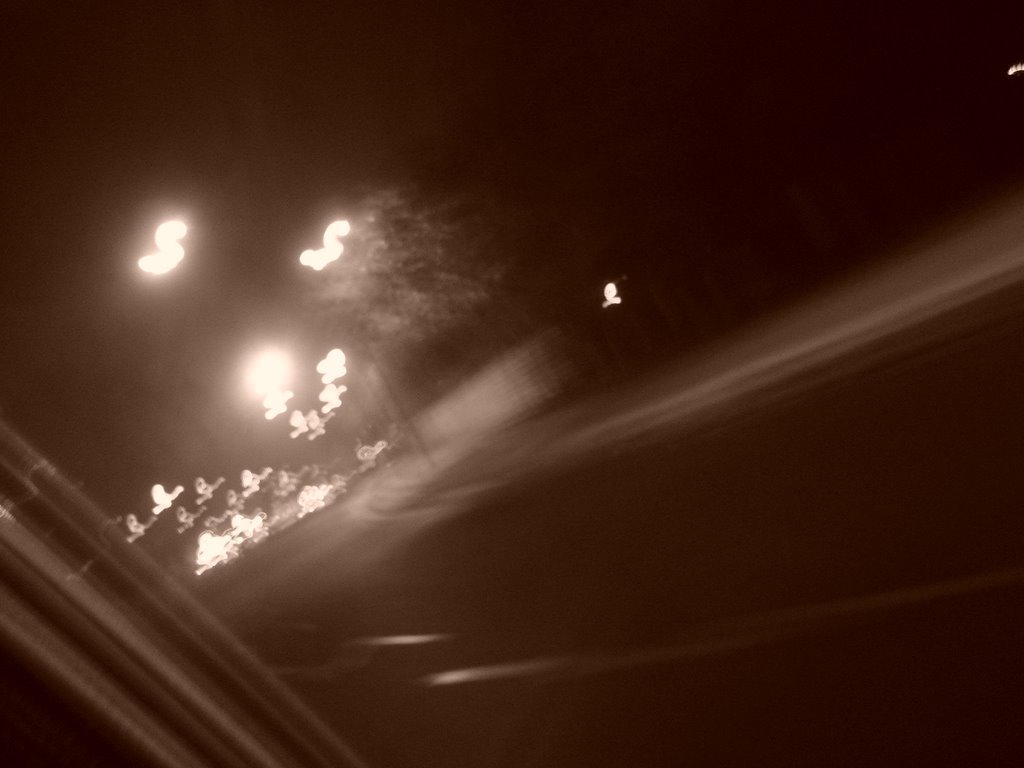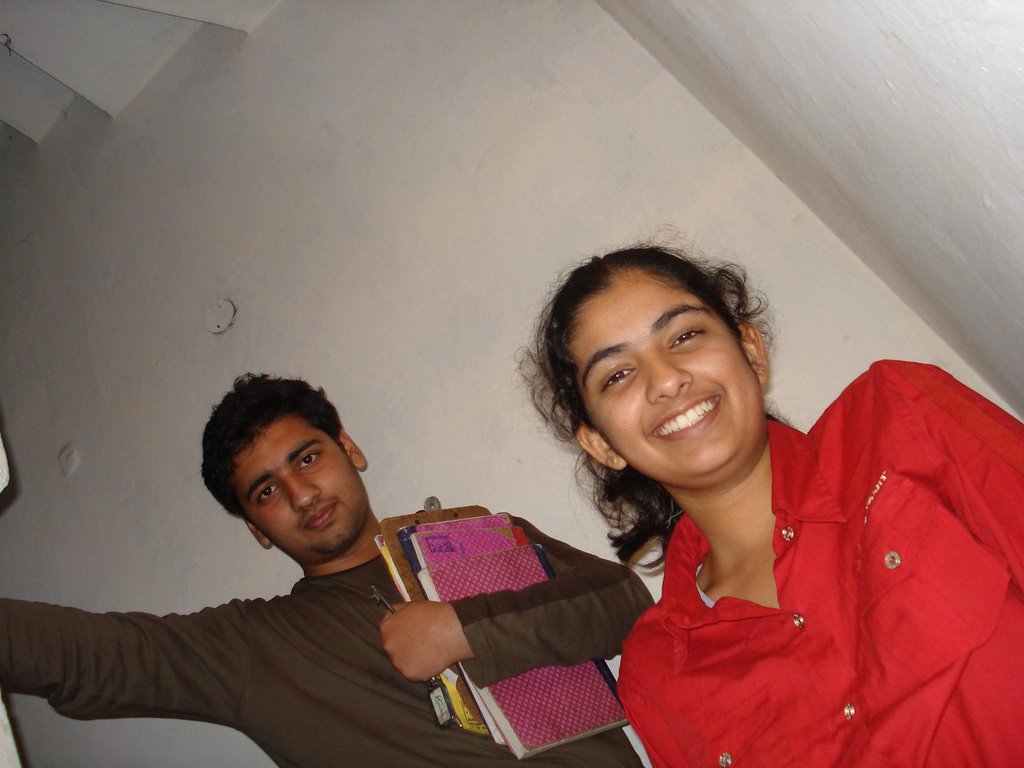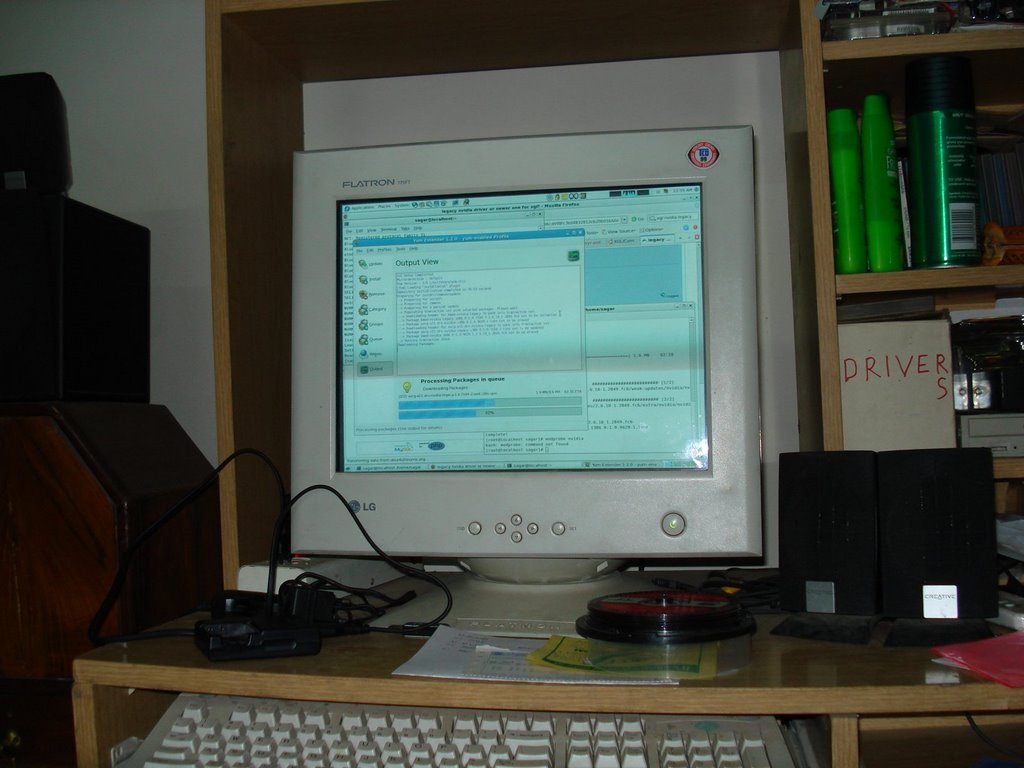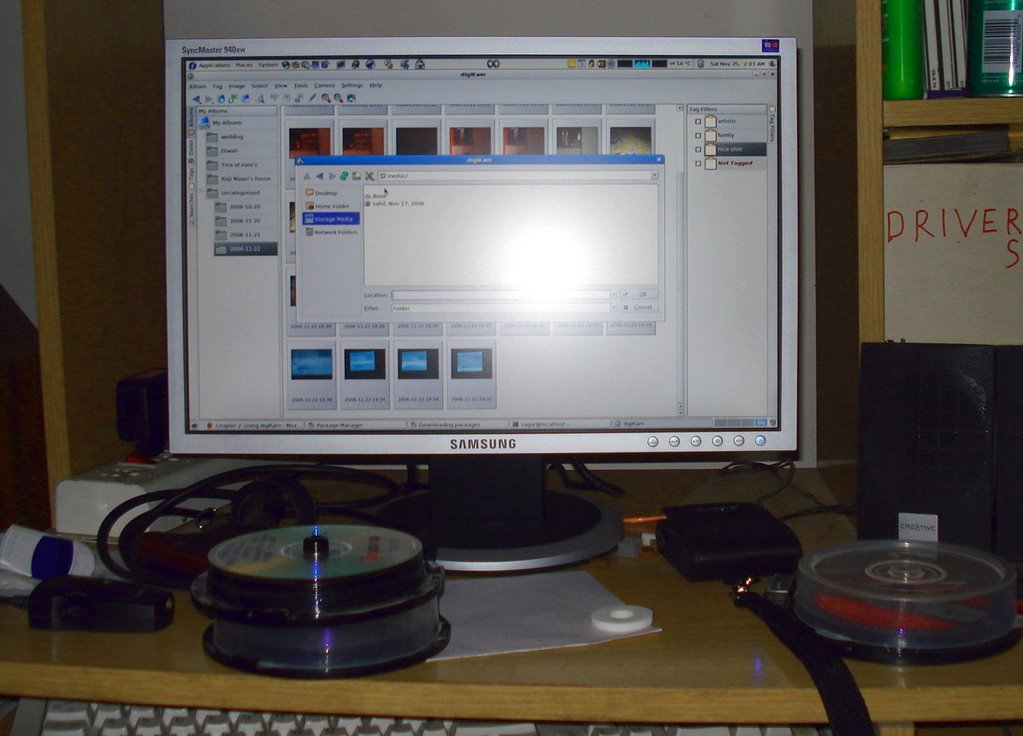A tryst with a first year :)
(08:51:38 PM) lucky: hi..
(08:51:44 PM) sahil: hi
(08:51:48 PM) sahil: who are you?
(08:52:01 PM) lucky: which year?????
(08:52:08 PM) sahil: who are you?
(08:52:13 PM) sahil: one year …
(08:52:17 PM) sahil: from 1 to 4
(08:52:23 PM) lucky: i am a nittian
(08:52:29 PM) lucky: 1st yr..
(08:52:29 PM) sahil: probability of 0.25 being in each year
(08:52:32 PM) sahil: really?
(08:52:36 PM) lucky: ya
(08:52:51 PM) lucky: which hostel???
(08:52:53 PM) sahil: coz I thot irc address delta.nitt.edu is also available to non nittans
(08:52:56 PM) sahil: why?
(08:53:07 PM) sahil: that information shouldn’t affect our conversation
(08:53:09 PM) lucky: just like that…
(08:53:18 PM) lucky: plzzz tell
(08:53:24 PM) sahil: age, sex, color … are no indication of a person’s true knowledge
(08:53:32 PM) lucky: k
(08:54:09 PM) sahil: what’s your name?
(08:54:24 PM) lucky: rajan
(08:54:35 PM) sahil: ece?
(08:54:41 PM) lucky: ya…
(08:54:50 PM) lucky: how do u know..??
(08:54:58 PM) sahil: I guessed.
(08:55:09 PM) lucky: wat’s ur branch????
(08:55:12 PM) sahil: ice
(08:55:23 PM) lucky: which state????
(08:55:46 PM) sahil: http://delta.nitt.edu/doku/doku.php/delta/core_delta
(08:56:02 PM) sahil: heryana
(08:56:05 PM) sahil: haryana
(08:57:05 PM) lucky: k it was a pleasure talking to u…. bye tc…
(08:57:43 PM) sahil: you too :)
(08:57:47 PM) sahil: ;)




